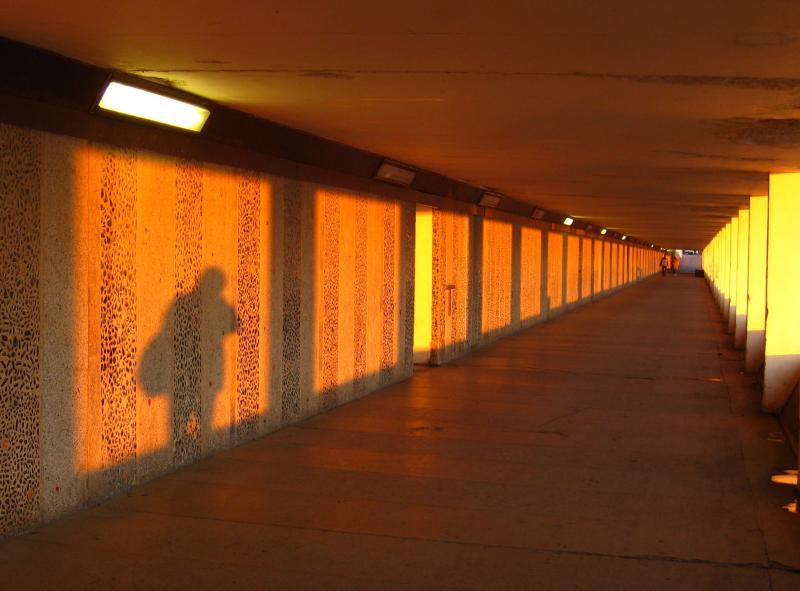Photojournalism: Walking The Line

Graphic documentation dates back to cave years, when events were recorded on walls through calligraphy and sketches. With the study of these early drafts came the development of our own illustrations. However, by the introduction of the camera, Joseph Niepce gave people a way to visually capture experiences as never before.
New York Evening Journal editor, Arthur Brisbane recognized the power of a photo, in 1911, when issuing the famous statement, “Use a picture. It’s worth a thousand words.” These men understood the power of images. All of this paved the way for photographers to capture some of the most iconic moments in history.
On June 8, 1972, AP Photographer, Nick Ut took the Pulitzer-Prize-winning photo, “Girl running in Vietnam”. With severe burns on her naked body, the “girl running”, Kim Phuc, became a Vietnam War icon. According to the AP article, “Woman in iconic Vietnam War photo”, Ut rushed the girl to the hospital after snapping the picture. However, should this act of compassion permit the dissemination of such a grueling and invasive photo?
I say yes and no.
Yes because for many years the public has been “protected” from the realities that were taking place within as well as outside of society due to the decisions of the government. It wasn’t until Vietnam that people truly grasped the severe results of the violence that occurred as well as the trauma that loved ones away would face once they returned home.
Nonetheless, the invasive nature practices that often enable journalists to get the most moving photographs are questionable. Good intentions should not mask the tragic undertones of journalistic photography.
Who is to say that Phuc wanted her photo to be distributed?
Surely a ten-year-old may have been unable to grasp the magnitiude of the reponse that her photograph would spark but, input from her parents and the other people featured in the photo should have been considered.
Journalists have a responsibility to inform the public, a responsibility that extends to photojournalists as well. Yet the recognition that these photographs receive increases the competitive pressure to capture even more startling photographs.
With this phenomenon, journalists and news consumers have to ask themselves difficult questions. Does this make it okay to capture photos of tragedy for news circulation? Does striving to satisfy the news-hunger of the public allow journalists to take photos by any means necessary?
Last month, the renowned publication, Huffington Post featured a photo gallery on their webpage titled, “September 11 Photos: Unforgettable Images of the 9/11 Attacks (GRAPHIC PHOTOS)”. The ninth image, taken by AP Photographer, Richard Drew, shows a man falling to his death after jumping from a floor within one of the Twin Towers. Due to the haunting nature of the image, it has provoked a great deal of criticism and was even considered for removal from the galleries.
The man in the photo, like other 9/11 victims, remains unidentified, further complicating the questions that viewers must ask themselves regarding the appropriateness and taste level of taste involved in distributing such a photo.
The most recent source of major controversy is a photo taken in Nairobi, Kenya following a mall attack and resultant shooting. CNN features photos of men lying on their stomachs, supposedly deceased. These photos once again raise the question of where the boundary between appropriateness and insensitivity lies for photojournalists.
Many publications have become photo-focused in efforts to appease readers and stay afloat in the ever-changing media world. Some people argue that viewers want to see tragedy; they don’t want things hidden from them. But does that make it a journalist's responsibility to determine what content is publishable and how it should be circulated? Once again, these are difficult moral questions without a clear solution.
Reach Contributer Ashley Nash here.



